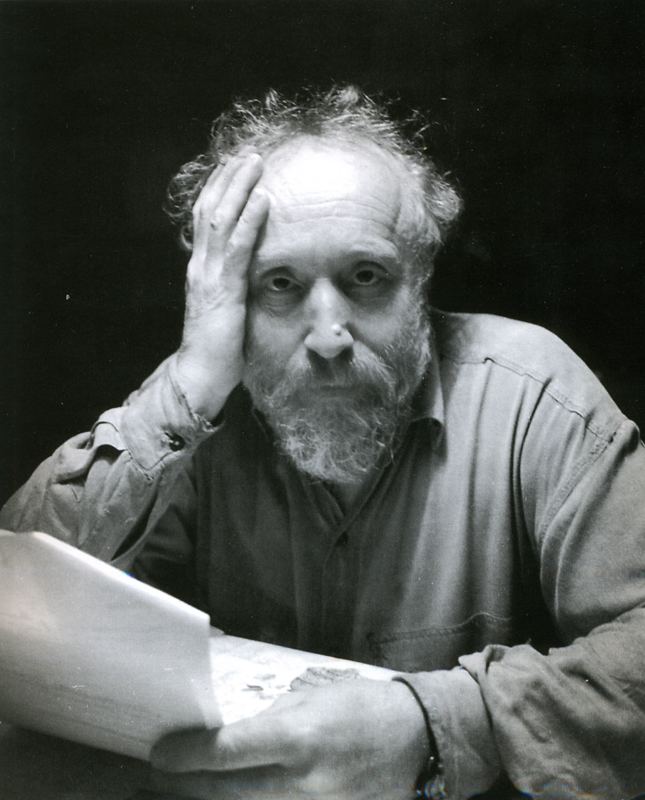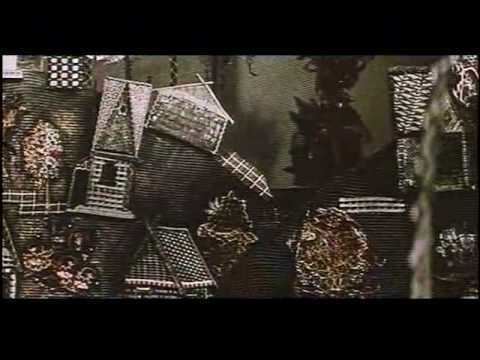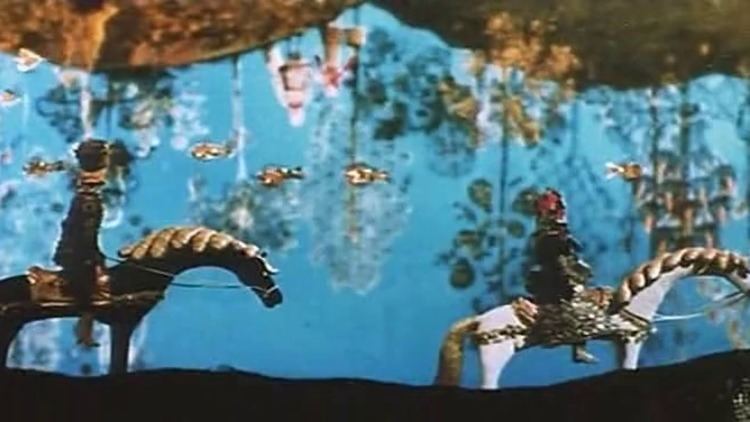Name Ivan Ivanov-Vano Role Animator | ||
 | ||
Movies The Humpbacked Horse, The Twelve Months, The Tale of Tsar Saltan, The Adventures of Buratino, The Battle of Kerzhenets Similar People Aleksandra Snezhko‑Blotskaya, Yuriy Norshteyn, Zinaida Brumberg, Leonid Amalrik, Valentina Brumberg | ||
Seasons ivan ivanov vano
Ivan Petrovich Ivanov-Vano (Russian: Ива́н Петро́вич Ивано́в-Вано́; 8 February [O.S. 27 January] 1900, Moscow – 25 March 1987, Moscow), born Ivanov, was a Soviet animation director, animator, screenwriter, educator, professor at VGIK. One of the pioneers of the Soviet animation school, he is sometimes called the "Patriarch of Soviet animation". He was a People's Artist of the USSR (1985).
Contents
- Seasons ivan ivanov vano
- Ivan ivanov vano blek end uait black and white noir et blanc 1933 vostfr
- Biography
- References

Ivan ivanov vano blek end uait black and white noir et blanc 1933 vostfr
Biography

Ivan Petrovich Ivanov was born in the Manezhnaya Square district, at the time populated by students and poor people. His parents had a peasant background. His father was a shoemaker who arrived to Moscow from the Kaluga Governorate; soon he left the family. His mother was illiterate and couldn't give her son a proper education, thus he was raised in the family of his elder sister Evdokia Petrovna Spasskaya who was married to an artist and educator at the Moscow School of Painting, Sculpture and Architecture. As a result, Ivanov became interested in art early in his life and as a kid drew decorations for a puppet theater.

At the age of 14 he also entered the Moscow School of Painting. After the October Revolution it was reformed and turned into Vkhutemas (Higher Art and Technical Studios). He continued his studies and finally graduated from Vkhutemas in 1923. In a year he started working as an animator at the State Film Technicum. Together with his fellow students he created some of the first Soviet animated films using home-made tools. Their works were distinguished by cutout animation and unique art style influenced by constructivism.

In 1927 he turned to traditional animation with one of the boldest experiments The Skating Rink directed by Yuri Zhelyabuzhsky. In later years he took part in a number of other important projects. Around the same time he started using Ivanov-Vano as a pseudonym. According to some of his colleagues, this was done in order to distinguish himself from another prominent Soviet animator Alexander Ivanov.
In 1936 he started working as a director at the newly founded Soyuzmultfilm. His earlier works at the studio were heavily influenced by early Disney — a popular trend during the middle 1930s which he later opposed. In 1939 he directed Moydodyr based on the fairy tale of the same name which became a big step from the Disney stylistics towards more traditional Russian art that predominated during later years.
In 1939 he organized animation courses at VGIK where he also became one of the leading educators (he was granted the title of professor in 1952). Among his student were Lev Milchin, Yevgeniy Migunov, Aleksandr Petrov, Francheska Yarbusova, Stanislav Sokolov and a Bulgarian animator Todor Dinov. He was a member of the Communist Party from 1951, and was also a founder and the original Vice President of ASIFA (International Animated Film Association) from 1961 to 1973.
Ivanov-Vano directed a record number of Soviet feature animated films, often working as a screenwriter as well. The majority of his works were based on Russian folklore and fairy tales by classical Russian writers. In 1947, shortly after the end of war, he presented the first Soviet feature-length animated film The Humpbacked Horse based on the fairy tale in verse by Pyotr Pavlovich Yershov. The film gained a lot of praise internationally, and Walt Disney even used it as a teaching tool for his studios.
Since 1962 his artistic style varied a lot. He approached lubok, icon painting, frescoes, Dymkovo toys, lace and Russian avant-garde. Some of his longtime collaborators such as Alexandra Snezhko-Blotskaya and Yuriy Norshteyn who started as his second unit directors and co-directors went on to become popular directors on their own. Ivanov-Vano was a laureate of numerous festivals. His short film The Battle of Kerzhenets won Grand Prix award at Animafest Zagreb in 1972.
He died on March 25, 1987 and was buried at the Novodevichy Cemetery. For 54 years he was married to Tatiana Ivanova-Bekker (1902—1982). They had a daughter Galina.
